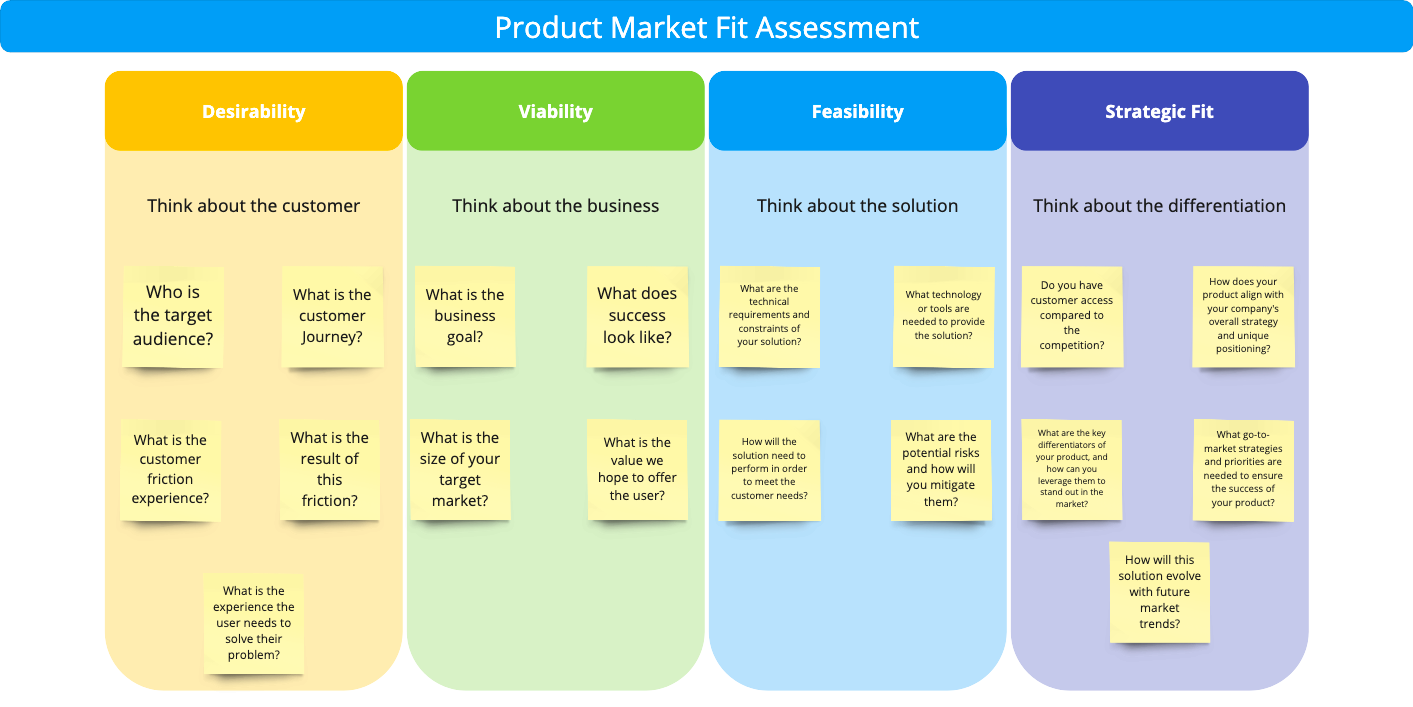TL;DR
- Learn to speak your client’s language and use it to network.
- Seek out organizational context from people outside your client team.
- Learn how to gain and use relationship capital to build influence.
No matter how long you’ve been in the digital transformation consulting business, getting dropped in the middle of an organization to take on a big project can be daunting. There are politics, personalities, and a lot of people to juggle, each bringing the possibility of their baggage and landmines to avoid. But there’s also plenty of opportunity if you know where to look.
I’ve consulted with an array of industries—banking, healthcare, rental car, market research, pharmaceutical, and more—each with very unique services and transformation goals. However, despite all of these differences, I’ve noticed that they all share very similar implementation challenges.
With this perspective, I’ve been able to build an arsenal of tactics that I’ve used successfully to navigate these organizations, deliver the best outcomes, and move projects forward.
So whether you’re getting dropped into your first engagement or you’ve lost count, below are some actionable tips you can try today, no matter the size or scope of your digital transformation consulting service.
1. Network and Stay Connected
Create a messaging channel between teams to maintain connection and context.
Spinning up a new server may sound simple, but there’s a slim-to-no chance you’re getting access to do it yourself. When you reach out to the (Dev)Ops team, security team, or other teams, chances are you’ll need to contact them again.
Take the extra minute during the initial meeting to discuss setting up a Slack channel, email thread, or whatever method of communication that team prefers to stay in touch with your team.
Use existing contacts to build new relationships.
Ask your point of contact for an organizational chart to give you the necessary context to relationships and structures surrounding your project team. You can also use the organizational chart to understand someone’s concern and influence and then seek out the connections between your team* and others.
Don’t wait for an introduction.
You’re going to reach out to a lot of strangers when the project is getting underway. Give context to your role and your goals by briefly explaining why you’re reaching out.
Even better? Have a quick personal intro ready to kick start any conversation, similar to this one:
“Hi [Contact], my name is Travis Pennetti and I’m a software consultant from Focused Labs working with [person they might know*] on [Team]. Would you be able to help me with [Topic] or point me towards someone who can?”
Seek out those who get things done.
When you’re meeting new contacts, you’ll quickly gain a feel for the movers and shakers in the organization.
When you find one, you’ll discover that they are often pulling more than their weight, so use their time and connections respectively.
2. Speak the Language
Understanding the client’s domain, acronyms, and communication style is crucial to presenting yourself as “one of them.” You’re a visitor in their land, so it’s important to learn the local dialect.
Learn the ticketing system.
Chances are you’ll encounter a team or individual that needs a service ticket.
From experience, if there is a process for change requests you can bet there are folks that follow this “to the T”. It’s not uncommon to receive the response, “I can’t do this without a ServiceNow ticket.”
Therefore, take the time during the introductory stages to familiarize yourself with creating and tracking tickets. That way you can reference tickets in conversation to show you’ve done some leg work.
Learn the communication channels.
Email? Teams? Zoom? Learn the channels, when to use each, and which teams to use them with.
When in doubt. default to email, but always be on the lookout for communication shortcuts.
For example, if your email thread has 20 threads, it’s likely faster to hop on a video chat.
Learn the communication style.
Take note of how folks communicate; Is it wordy or concise? Is it casual or formal?
Take notes on sentiment towards teams, people, and systems; but steer clear of adding your opinion or piling on.
Taking the extra second to double-check the audience and to determine the context of the message can help to avoid making a mistake or speaking out of context.
3. Don’t Be an Island
It’s easy to fall into the trap of collaborating only within your team or project.
Find related projects.
It’s likely that there are other “orbiting” initiatives integral to your project’s success.
If you have the ability, take the time to learn about other projects underway so you can coordinate on goals, priorities, and timelines—and stay out of each other’s way.
You’re probably not the first to try.
During your engagement, it’s likely that you’ll see another opportunity to make a change, suggest a process improvement, or find an opportunity to collaborate.
Before getting out of your lane, take a moment to ask your project contacts if there are other existing projects underway to address it. If so, learn more about initiatives, establish contact, and ask about their timelines.
My advice is to ask when you should check in with that person/team and schedule a meeting. That way you can avoid becoming the 40th person asking when something will be “done”.
Surf the general engineering channels.
Learn what the engineering organization is focusing on right now and what their challenges are.
Keeping tabs on what folks on other projects are saying helps you to steer clear of building something new or pulling in a library that may already be in the works.
Talk to an architect.
If one is available, make time to meet with the enterprise architect. Doing so can help give your team the larger technical context and vision of your project.
If you get a chance, use your time with them to learn “the big picture” behind your engagement, or at least get some diagrams to see the connection between your work and related efforts.
You can also use this time to give them context on your project and understand how it fits into the larger puzzle. Establishing this relationship can pay big dividends if you later need approval from this person for architectural changes.
4. Look for the Path of Least Resistance—with Healthy Skepticism
There’s a reason someone hasn’t done that—usually. Processes and red tape are in place for a reason—learn why before you try and cut through it.
Play the “New Kid” card.
Use your new perspective and seat at the table to ask “why” things are the way they are.
While it can be tempting to make assumptions or guesses, I’ve found that approaching situations and asking questions with genuine curiosity and humility can be very revealing.
One of the most important lines of questioning can be around the history of a project so you don’t repeat their mistakes.
Be mindful of long-term ripple effects.
Enterprises have momentum. Small changes can become big changes. For example, adding a database can start a complete architectural review.
Therefore, make sure to ask what may seem like “obvious” questions early to find out more about potential ripple effects, and assume tasks will take longer than you expect.
Get input from engineering and business.
Be skeptical when someone tells you what is hard. Be very skeptical when they tell you it’s impossible.
These opinions can be rooted in preconceived notions, a lack of perspective, or not knowing new or different ways to get something done.
Therefore, it’s smart to trust—but verify any warnings. The biggest opportunities for change often come when business and technology meet. What’s hard for the business might be a simple engineering task and vice versa.
5. Embrace Your Consulting Influence
As a consultant, you’ve got a seat at the table. Besides having a lot of people, enterprises have a lot of talent. Listen first and amplify the people around you.
Be aware of your caché.
This one may be obvious, but always keep in mind that you are being paid for your opinion, expertise, and experience. Therefore, people are more likely to listen (at first).
In other words, you may get more attention than some tenured employees, so find opportunities to engage with and amplify other team members to turn them into allies instead of hurdles.
Save relational capital.
Earn relational capital from folks working toward your goal, as they are often supporting your work above and beyond their everyday responsibilities.
Keep tabs on when your team helps others and vice versa, as these transactions can help in a pinch. For example, someone is more likely to help your team if you’ve taken something off their plate in the past.
Spend relational capital wisely.
Relational capital is non-refundable. Invest it.
Swaying opinion spends relational capital. Giving unwanted advice burns relational capital.
Gather a return on your invested capital when you achieve an outcome with the support of your larger client and project team.
Digital Transformation Consulting Service Success
At this point, you’ve likely seen a common threat in my advice: That being brought in as a consultant means that having technical expertise is just table stakes. Understanding the history and context of your project as early as possible—as well as the personalities, potholes, and accelerators that shape them—can set your team up for success. Failing to do so can build friction and hamper your chances to make real change.
In other words, consulting is a craft that takes tactics and patience. Hone your craft. Love your craft. Practice these tactics and you’ll be set up for success at any tech consultancy service.






![[Video] How Queer Eye helped me be a better consultant](https://focusedlabs.io/hubfs/FocusedLabs_November_2022/Images/9de38ec39718aab7d15ee1aa13e347c43a29f390-1000x420.jpg)
